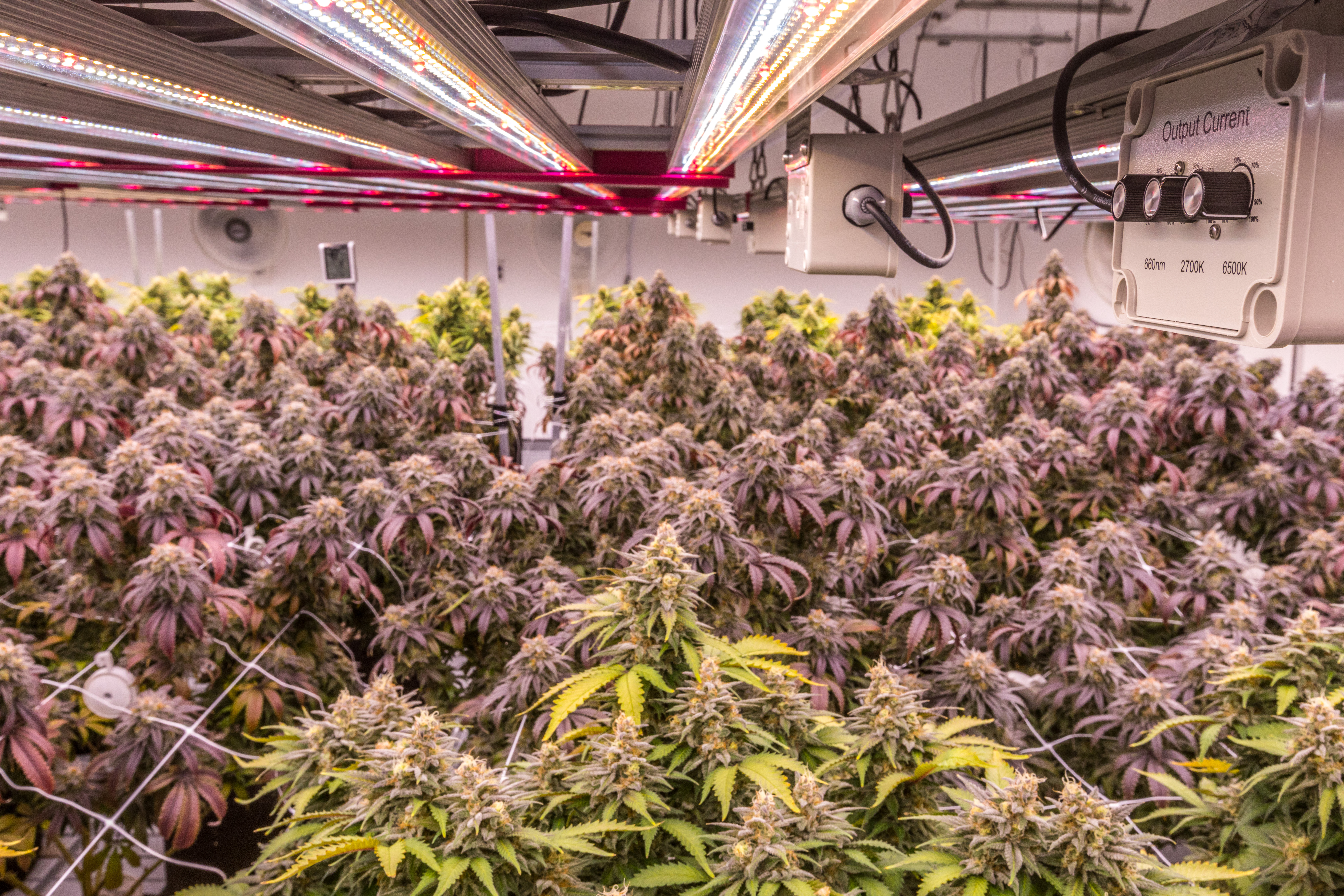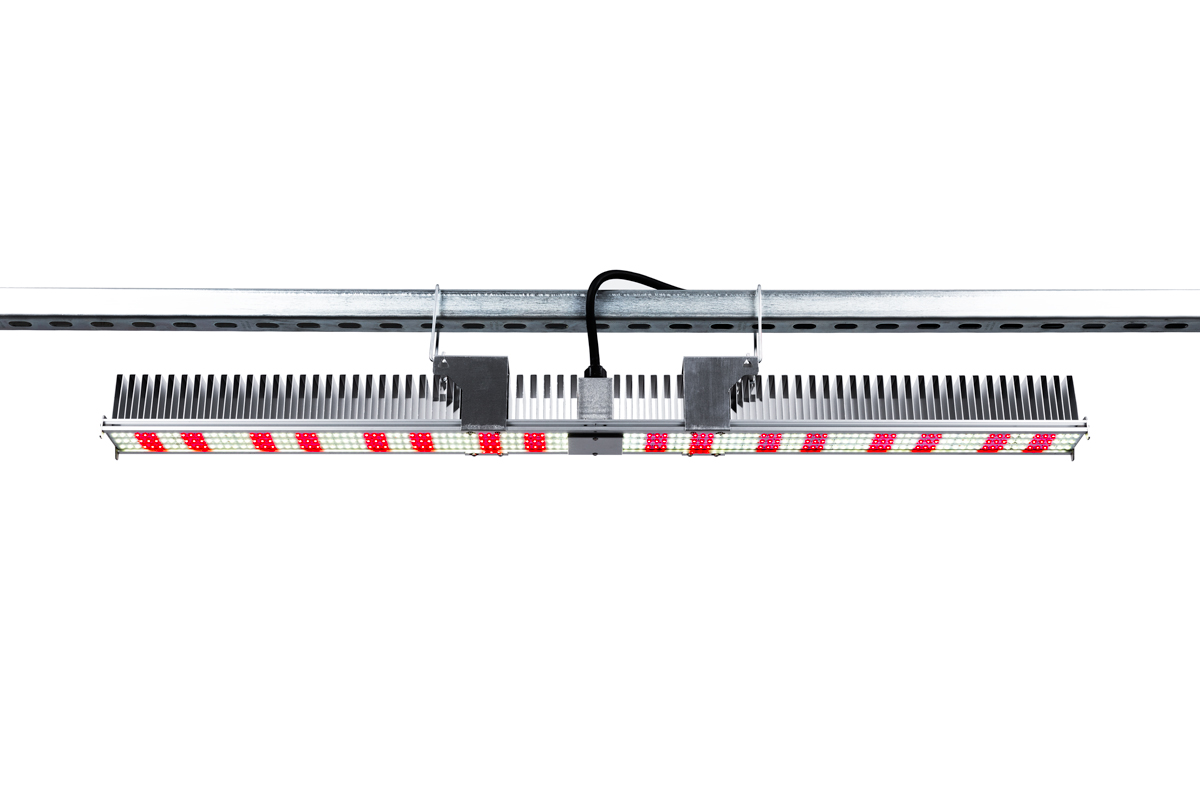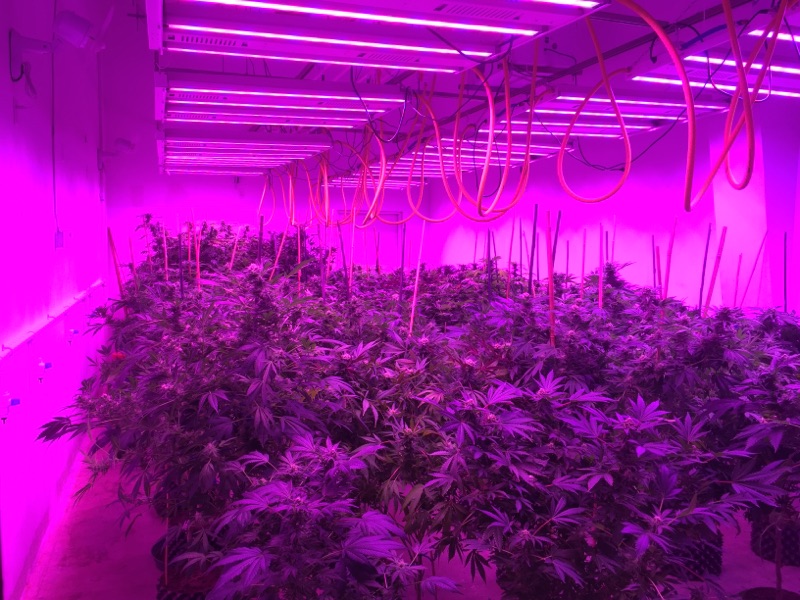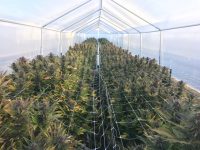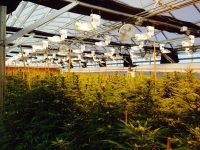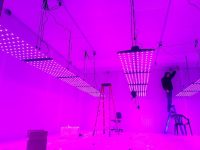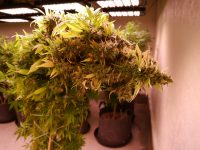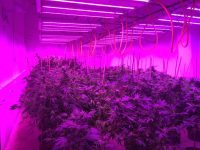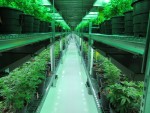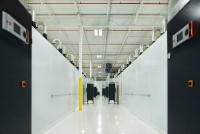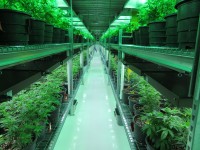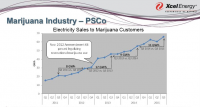With 33 states and the District of Columbia having passed laws legalizing marijuana in some form, cannabis cultivation is quickly becoming a booming new business across much of the US. From an energy standpoint, unfortunately, it’s not easy being “green”.
New Frontier Data’s 2018 Cannabis Energy Report found that legal cannabis cultivation in the US consumes approximately 1.1 million megawatt hours of electricity annually – enough to power 92,500 homes or a community the size of Newark, NJ, and accounts for carbon emissions equivalent to that of 92,600 cars. And that consumption is forecasted to increase 162 percent from 2017 to 2022. The report recommended that the industry “evaluate energy-efficient and renewable energy technologies” to nip this challenge in the bud.
Growers seeking to reduce their electricity usage through more efficient lighting face a confusing landscape of options, however. It can be difficult to know what will save electricity and work well for their operations. Technology is advancing quickly and questions abound, from how long a fixture will last and whether a manufacturer’s claims about efficacy are accurate to the effectiveness of various wavelengths for growing a particular plant.
Here’s the good news: there are reliable, third-party lighting and safety standards to help indoor growers make the leap from old-school lighting to state-of-the-art light-emitting diodes (LEDs) that use a fraction of the electricity and are increasingly effective for growing crops from cannabis to tomatoes. Here’s a closer look:
 Most lighting fixtures in the North American market go through rigorous inspection by certified third-party testing labs. The first part of the check is for safety – an official UL safety standard tailored for the unique challenges of the greenhouse environment was recently released (UL 8800, the Standard for Horticultural Lighting Equipment and Systems). This standard and similar safety certifications at other major labs address wiring, environmental conditions, ingress protection and worker safety related to prolonged photobiological exposure to the eyes and skin. Growers should always ask a fixture manufacturer about safety certification specifically targeted for horticultural environments.
Most lighting fixtures in the North American market go through rigorous inspection by certified third-party testing labs. The first part of the check is for safety – an official UL safety standard tailored for the unique challenges of the greenhouse environment was recently released (UL 8800, the Standard for Horticultural Lighting Equipment and Systems). This standard and similar safety certifications at other major labs address wiring, environmental conditions, ingress protection and worker safety related to prolonged photobiological exposure to the eyes and skin. Growers should always ask a fixture manufacturer about safety certification specifically targeted for horticultural environments.
Next on the standards checklist for horticultural fixtures is performance testing. This often happens at the same labs that do safety testing, but is designed to verify efficacy, output, spectrum and other important performance variables. Commercial labs are certified for specific standards, so that a test on a fixture is repeatable at any other lab certified to the same standard. This performance testing results in a report summarizing items like photosynthetic photon flux (PPF), input power (watts), photosynthetic flux efficacy (PPE, measured in μmol/J or micromoles of photosynthetic photons per joule of electrical input power), and spectral content (flux per nanometer (nm) between 400 and 700 nm).
Then, there are flux maintenance standards (such as IES LM-80 and IES TM-21) that help make sure the photosynthetic light output of LED products degrades at an acceptable rate to make a grower’s investment worthwhile. The testing and calculation methods that go into these standards were painstakingly developed through a consensus of knowledgeable lighting stakeholders. A key difference between general lighting and plant lighting, however, is how flux maintenance is measured and benchmarked – the bar is significantly higher for plants compared to people since their metabolism and growth are dependent on the light spectrum and amount.
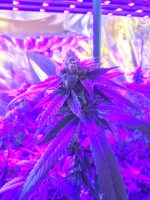
What’s described above just scratches the surface of the detailed testing used to determine and communicate performance features for commercial horticultural lighting fixtures. There’s a lot of important information to know, but it takes an informed reader to analyze this information and use it to select appropriate horticultural lighting. Our organization, the DesignLights Consortium (DLC), strives to make the vetting process easier for everyone, freeing up growers to focus on their core business.
In the early days of LED lighting, electric utilities had to compare these different lighting factors and reports to inform their energy efficiency rebate/incentive programs. The DLC was founded to fill this need, serving as a central clearinghouse for setting energy efficiency and other product performance minimum standards, and to evaluate products against those standards. Then and now, lighting products that pass review qualify for an online qualified products list (QPL) that utilities use to quickly and accurately incentivize high-performing products.
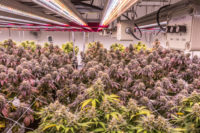
With its new minimum performance standards for horticultural light fixtures, the DLC seeks to accelerate the adoption of new energy-saving LED fixtures in controlled agriculture environments. To be on the new DLC Horticultural QPL, an LED fixture must be at least 10 percent more efficacious than the best non-LED alternative – a 1,000-watt double-ended high-pressure sodium (HPS) fixture. It also must have a Q90 of 36,000 hours (the number of hours before the photon flux output depreciates to 90 percent), and its driver and fan (if included) must have a rated life of at least 50,000 hours.
Most importantly, every product is listed online in a searchable, filterable database to help growers and facility designers quickly narrow their options. For example, in a retrofit, a grower might know what PPF is needed from each fixture but might also need to stay within a power budget to avoid rewiring circuits. The DLC’s Horticultural QPL can be filtered to quickly find and compare conforming products.
When a new technology is introduced, there is always uncertainty about how to optimally apply it. The horticultural world is no different. We look forward to research supporting additional predictive metrics that allow us to take advantage of the full benefits of high-performance LED and controls technologies. In the meantime, the established standards described here allow for energy efficient and safe cultivation facilities where growers can confidently produce more with less.



